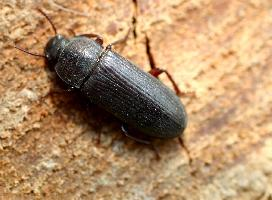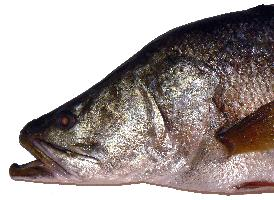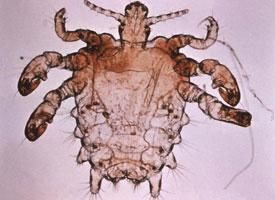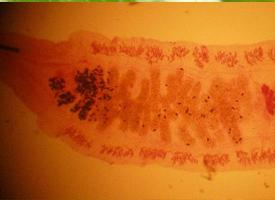
Váhy a míry
| Délka | od 1,25 do 1,8 cm |
|---|
Popis zvířete
Mealworms, scientifically known as Tenebrio molitor, are not actually worms but the larval stage of a species of darkling beetle. These creatures are of significant interest both ecologically and economically, serving various roles in nature and human industries. Adult beetles lay hundreds of eggs, which hatch into mealworms, signifying the beginning of their most recognizable life stage.Typically, mealworms are about 2.5 cm (1 inch) long when fully grown, showcasing a cylindrical body shape that tapers slightly at both ends. Their bodies are segmented, with each segment hosting a pair of tiny, almost invisible legs. The skin of these larvae is smooth and tough, providing protection against physical damage and dehydration. They exhibit a golden-yellow color, which camouflages them in their natural environment, among grains, and decaying plant matter.
Mealworms are detritivores, feeding primarily on decaying vegetation, grains, and cereals, which makes them common pests in grain storage facilities. However, their diet can also include fresh and decaying fruits and vegetables, making them highly adaptable to various environments. This adaptability, along with their ability to consume a wide range of decomposing organic material, positions mealworms as important agents in nutrient recycling, breaking down matter that would otherwise accumulate and potentially harm ecosystems.
In terms of reproduction, the life cycle of Tenebrio molitor is holometabolous, undergoing complete metamorphosis from egg to larva (mealworm), pupa, and finally, to the adult beetle. This cycle can take several months to complete, depending on environmental conditions such as temperature and humidity. Warmer conditions generally accelerate the growth and development of mealworms, reducing the time required to reach adulthood.
Mealworms have garnered attention in recent years for their potential as a sustainable protein source for animal feed and even human consumption. Their high protein content, coupled with the efficiency with which they convert feed into body mass, makes them an attractive alternative to traditional livestock. Additionally, farming mealworms requires significantly less land, water, and produces fewer greenhouse gases than traditional livestock farming, highlighting their potential role in sustainable agriculture and food security.
Furthermore, mealworms have been the subject of scientific research, particularly in the field of biodegradation. Remarkably, certain strains of mealworms have shown the ability to consume and break down polystyrene and other types of plastic, suggesting a potential role in addressing the global plastic pollution crisis. However, the practical application of these findings is still under investigation.
In conclusion, mealworms (Tenebrio molitor) are far more than just simple larvae; they are complex organisms that play crucial roles in their ecosystems. Their value in recycling nutrients, potential as a sustainable protein source, and possible contributions to solving environmental challenges underscore their significance beyond their humble appearance.
Podobná zvířata
Nové fotografie zvířat
Top 10 zvířat
- Common house mosquito (Culex pipiens)
- Common cockchafer (Melolontha melolontha)
- Colossal squid (Mesonychoteuthis hamiltoni)
- Hooded merganser (Lophodytes cucullatus)
- Australian box jelly (Chironex fleckeri)
- Fruit fly (Drosophila melanogaster)
- Common reed warbler (Acrocephalus scirpaceus)
- Elephant hawk moth (Deilephila elpenor)
- Moustached guenon (Cercopithecus cephus)
- Diana monkey (Cercopithecus diana)


